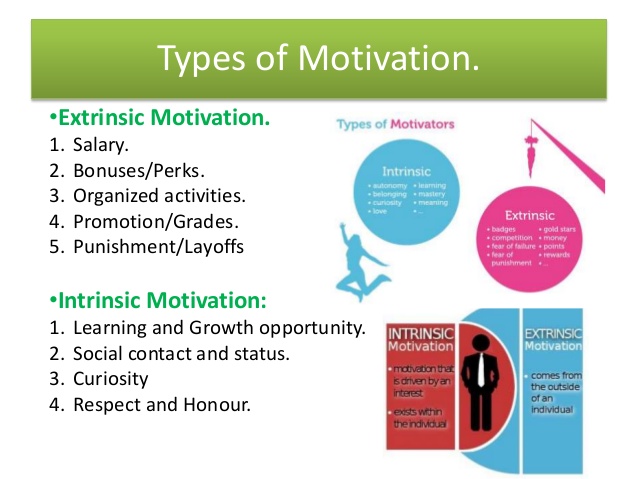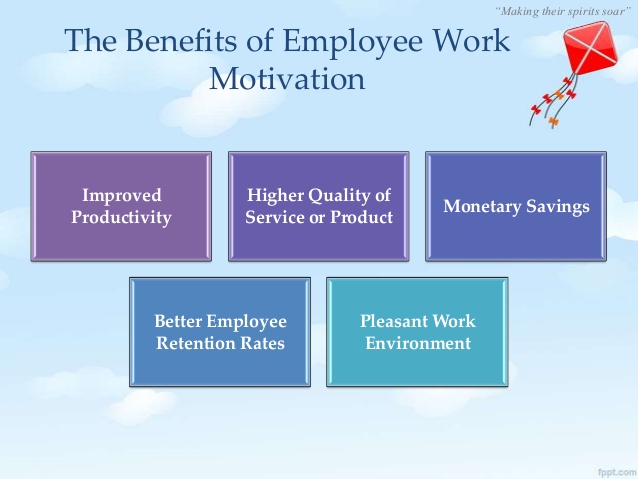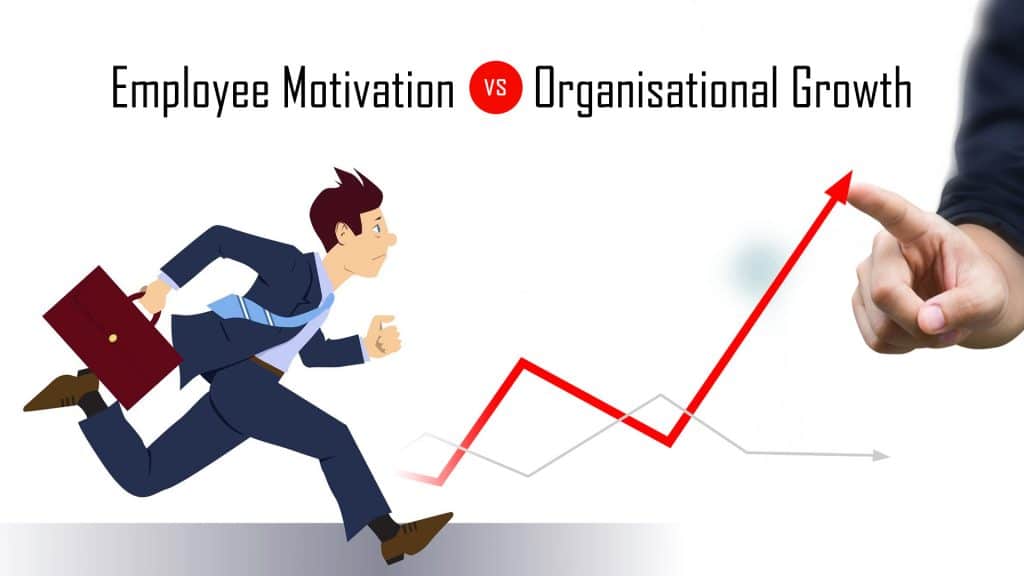The natural way to inspire people and change their life is ‘Motivation’. Positive inspiration can make in a person’s life.
For employees specifically, this might mean aiming to enhance their performance, leading them to generally work harder and smarter and allowing them to complete tasks efficiently, properly and on deadline—all of which positively impact the organization’s bottom line.
That’s pretty standard, right?
We assume that money is the key motivating factor. Because it is more required, right?

It turns out, money can be a good motivator. Yet there are other non-monetary motivators which can inspire your team better.
Companies provide “perks” because yes, they make employees happy because there’s a better chance that these happy employees will improve the bottom line. Strong teams and productive employees provide great products and services for what are hopefully happy customers. These are the characteristics that successful companies are made of.
There are several other reasons why employee motivation is important. The main reason is that it allows management to meet the company’s bottom line.Companies could be placed in a very risky position if a company doesn’t have motivated workstation.
“More money may make us happy for a moment but appreciation sticks us for a long time.”
In past experience, my boss appreciated with a sticky note on it that simply said: “Good job, Richa”. I still have it and when I get strain while on the job, I used to recall that motivating note to remind me that I got appreciated for my work done and I need to continue with such good work.
“Now when someone does a good job we don’t not only tell them, but it is marked in writing or many other ways which are far away from the thought of money-mindedness.”
Driven employees can increase productivity and the organization can get permission to get high-level output. Imagine having an employee who is not motivated at work. They will perhaps use the time at their desk surfing the internet for personal pleasure or even looking for another job. It’s a waste of your time and resources afterall!
Note that this is based on one employee. Try to paint the scene that most of the employees are following the same thing. I am sure this is not a situation anybody or any organization wants to be in.
Jump to Section
Types of Motivations

Extrinsic Motivation & Intrinsic Motivation
Extrinsic motivations are factors external that cause an employee to act toward fulfillment of a work task or goal. They are usually punishments or rewards. A punishment motivates an employee to act in order to avoid the punishment, while rewards motivate an employee to act in order to receive the reward. It’s easy to recall because extrinsic motivations or inspirations come from external forces.
Providing rewards and punishments to motivate employee behavior is pretty simple. A classic example of a reward is an hourly wage paid for your work. An example of a punishment is being terminated because you failed to do your job. In order to be effective, rewards and punishments often need to be quick and certain, especially in regards to punishment.
Intrinsic motivation, on the other hand, is a motivation that comes from within an employee. You are intrinsically motivated to work when the work itself motivates you. You may find the work satisfying, fulfilling or enjoyable. The work itself provides the motivation.
Intrinsic motivation is often more effective than extrinsic motivation because it comes from within the employee rather than being imposed on the employee. It’s easy to remember because intrinsic motivation comes from inside the employee.
While intrinsic motivation is often more effective, it is also often harder to facilitate. Remember, it must come from within the employee. You can facilitate intrinsic motivation by designing the job to be conducive to intrinsic motivational factors. This can be accomplished by empowering employees to make decisions on their own.
How Can Leaders Motivate Employees in the Workplace?
- Be a great communicator
- Be a great listener
- Nurture life outside of work
- Be likable
- Reciprocity
- Social proof
If we need to understand the basic principle of how we can motivate employees at the workplace, we must know that all motivating factors are not money oriented. As a good Team Leader and Manager, you must be able to motivate your team. You might have to be known by different way of motivation as people are having different behavior.
A positive workplace is a basic element that will get your company to the top. Some people understand that it can be time-consuming and difficult to encourage employee motivation in the workplace. However, the management needs to encourage positive work environment to achieve high levels of employee productivity.
Ensure that your employees feel that they are playing important role in an organization which is an important fact to the organization success. Remember to always keep an ‘open-door’ policy in order to encourage openness and transparency with the employees of that company and have an approachable management team.
Why is Employee Motivation Important?
Benefits include the following:
Increased employee commitment
When employees are motivated to work, they will usually try their best efforts in those tasks which they have been entrusted to.
Improved employee satisfaction
When employees are satisfied, any organization can lead towards a positive growth for the company.
Ongoing employee development
Motivation can help a person reach their individual goals and can provide the convenience of one’s self. Once that employee meets some initial goals, they can find the relation between effort and results, then they will further motivate them to reach a high level.
Improved employee efficiency
The level of efficiency of an employee is not only based on their abilities or qualifications. For the success of the company, an employee needs to have a good balance between the talent to perform the work given and readiness to want to perform the task. This balance can increase productivity as well efficiency.

A positive workplace is a fundamental element that will get your company on top. We understand that it may be time-consuming and difficult to encourage employee motivation in the workplace. However, management must be encouraged to achieve a high level of the positive work environment.
Ensure that your employees feel that their work and efforts are an important contribution to the company’s success. Remember to always keep an ‘open-door’ policy and have an approachable management team.
Summary
Summarizing, we can say that employee motivation is a very important factor in the human resource management. Employees are motivated for the various reasons that are beneficial to the organization.
The reasons add retention of the high-performing employees, increasing productivity or output of the organization; improve teamwork and the morale of employees. Other reasons are reducing the operation costs, decreasing employee’s turnover and reducing absence.
- What Is Big Data Visualization? - January 22, 2021
- Five Benefits of Big Data Analytics for E-commerce - July 9, 2020
- Google Data Studio Vs. Tableau: Which One is More Suitable for Your Business? - June 25, 2020

